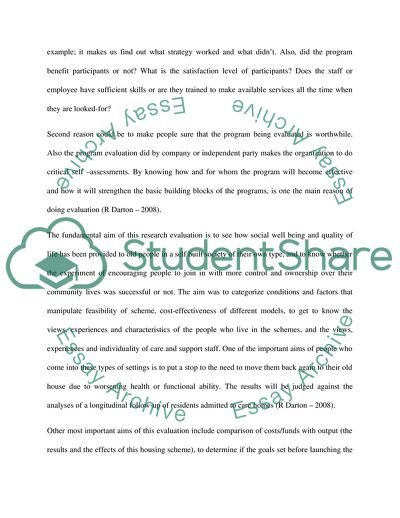Cite this document
(Extra of the Extra Care Housing Funding Initiative Case Study, n.d.)
Extra of the Extra Care Housing Funding Initiative Case Study. https://studentshare.org/social-science/1742564-evaluation-of-the-extra-care-housing-funding-initiative-document
Extra of the Extra Care Housing Funding Initiative Case Study. https://studentshare.org/social-science/1742564-evaluation-of-the-extra-care-housing-funding-initiative-document
(Extra of the Extra Care Housing Funding Initiative Case Study)
Extra of the Extra Care Housing Funding Initiative Case Study. https://studentshare.org/social-science/1742564-evaluation-of-the-extra-care-housing-funding-initiative-document.
Extra of the Extra Care Housing Funding Initiative Case Study. https://studentshare.org/social-science/1742564-evaluation-of-the-extra-care-housing-funding-initiative-document.
“Extra of the Extra Care Housing Funding Initiative Case Study”. https://studentshare.org/social-science/1742564-evaluation-of-the-extra-care-housing-funding-initiative-document.


